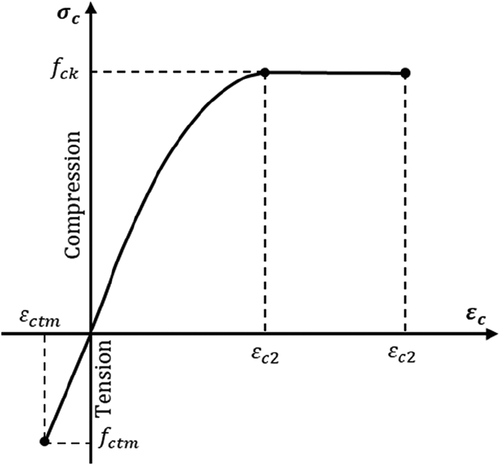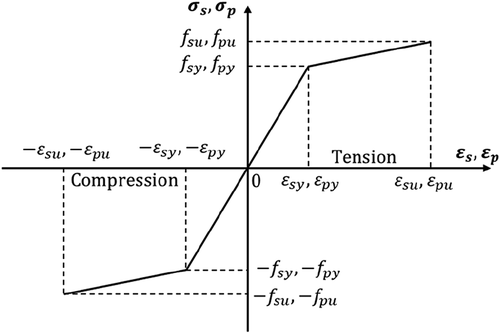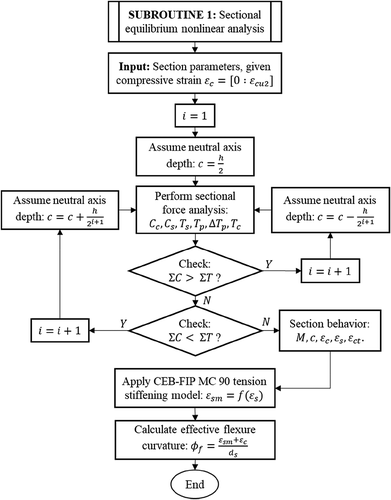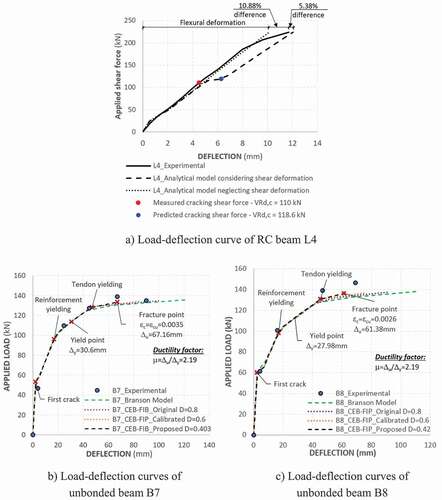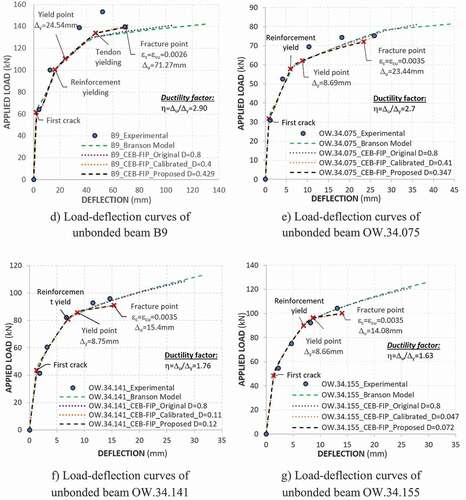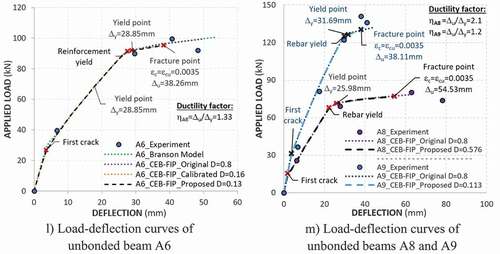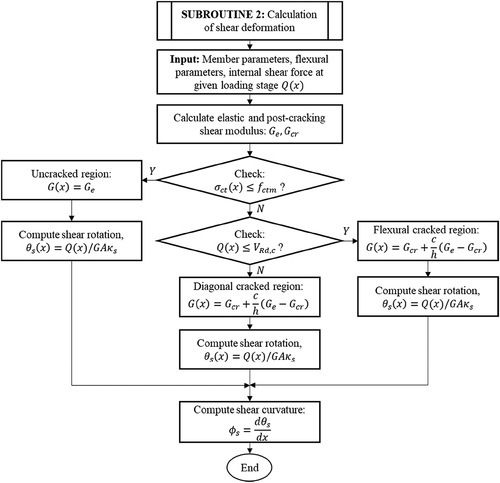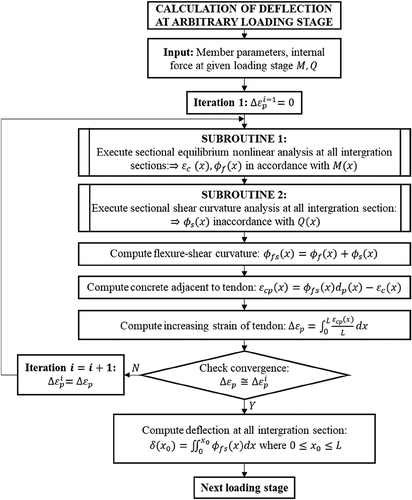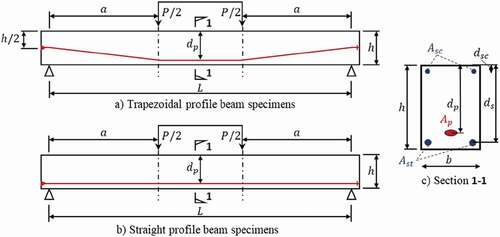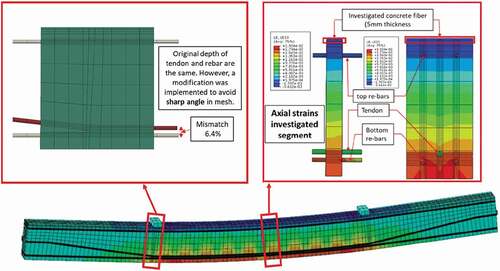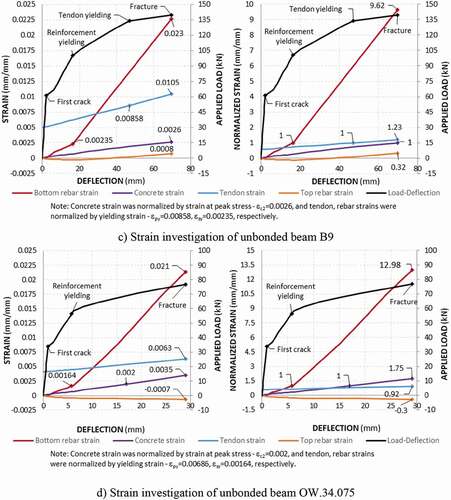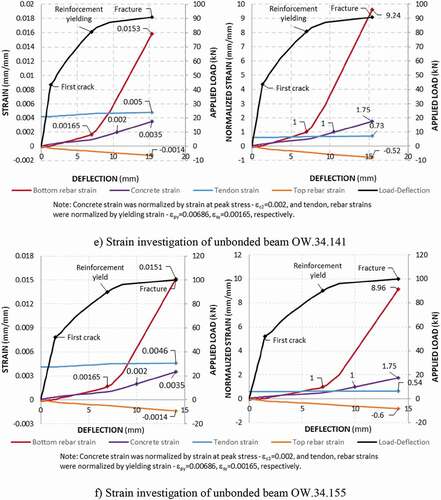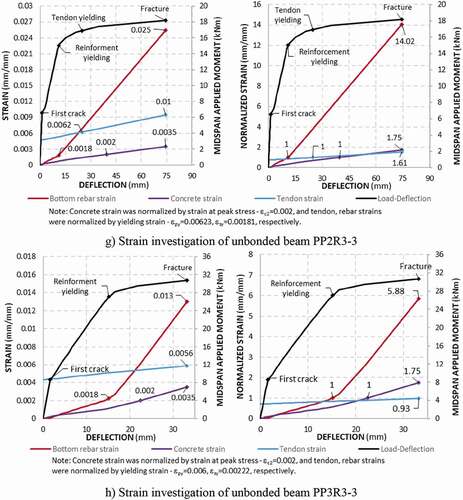Figures & data
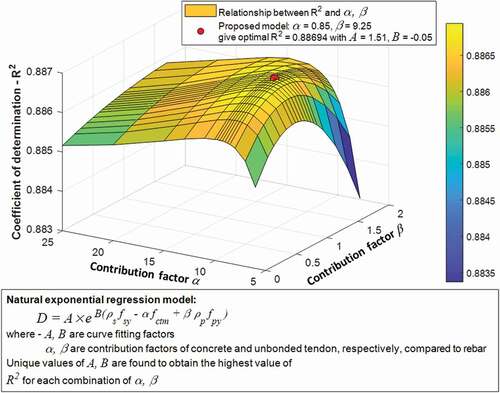
Figure 6. Typical element strain distribution between adjacent cracks (CEB–FIB Model Code Citation1990).

Figure 8. Proposed tension stiffening factor at post-yielding region for unbonded post-tensioned beam.
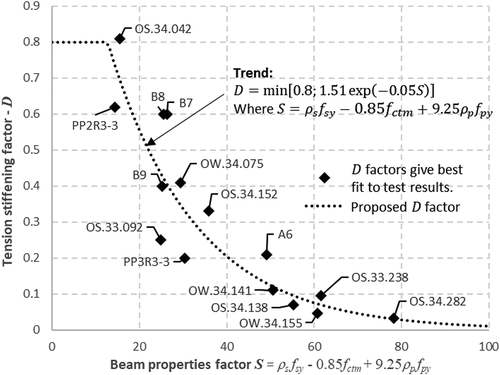
Table 1. Decription of the beam specimens
Table 2. Comparison of load capacity and deflection at maximum load between test result and analytical model
Table 3. Drucker–Prager coefficients for concrete damage plasticity model
Table 4. Interaction setup between each element in numerical model
Table 5. Strain comparisons between simple parabola–rectangle concrete model and modified Kent & Park concrete model
Figure 13. Strain comparison of unbonded beam B7 between proposed analytical model and numerical model.
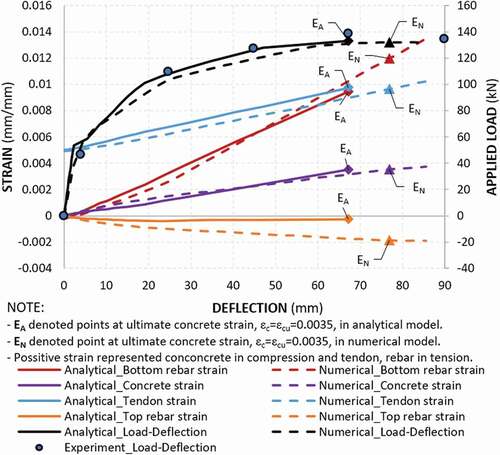
Figure 14. Strain comparison of unbonded beam B8 between proposed analytical model and numerical model.
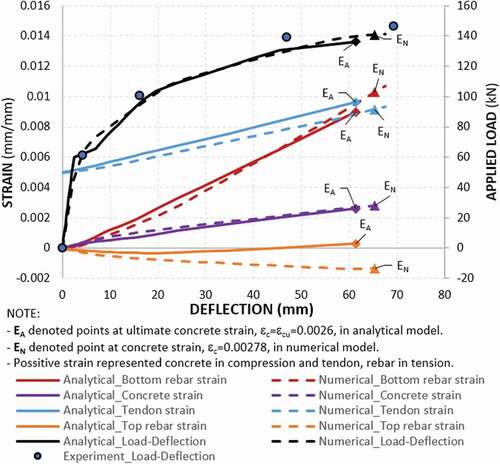
Table

